When it comes to tile installations, ensuring a water-resistant, durable foundation is key. One of the best ways to protect your walls and floors from moisture damage is by using a membrane and sealing corners on your
tile backer board. But why exactly is this necessary? Let’s explore.
What is a Tile Backer Board and Why Is It Important?
Tile backer board is a rigid substrate commonly used as a base for tile installations in wet areas like bathrooms, kitchens, and utility rooms. Unlike plasterboard, it resists water and provides a stable surface for tiles to adhere to. While the backer board itself is water-resistant, it is not entirely waterproof. This is where membranes and corner seals come into play.
Tile backer boards are typically made from materials like cement, fibre cement, or glass mat gypsum. They provide excellent strength and support for tiles, preventing movement that could lead to cracks or damage. However, without proper sealing, moisture can seep through seams and corners, compromising the integrity of the installation. Backer boards are an essential component of any wet area project, providing a reliable substrate for long-lasting tile installations.
Why Do You Need to Waterproof Tile Backer Board?
Water infiltration can cause serious damage to underlying materials, leading to mould growth, structural damage, and expensive repairs. Waterproofing the
backer board creates a moisture barrier that protects the structure beneath. Membranes and corner seals ensure that no water seeps through vulnerable areas like joints and seams.
In areas like showers, bathtubs, and utility rooms, constant exposure to water makes waterproofing essential. Even small leaks or seepage can cause irreversible damage over time. By applying a waterproof membrane and sealing corners, you can create a completely water-resistant barrier that ensures the longevity of your tile installation. Additionally, waterproofing enhances hygiene by reducing mould and mildew growth, which thrive in damp environments
What Are Waterproofing Membranes?
Waterproofing membranes are thin, flexible sheets applied over the backer board to prevent water penetration. They can be made from materials like polyethylene, rubber, or liquid-applied coatings. These membranes act as a continuous barrier, ensuring moisture cannot reach the substrate.
Sheet membranes are often preferred for large surfaces due to their durability and consistent thickness. They come with pre-manufactured corner pieces and seam tape, making them ideal for complex projects. Liquid membranes, on the other hand, are applied using a roller or brush, making them perfect for smaller areas or irregular shapes. Both options provide excellent protection when applied correctly.
Why Focus on Corners and Joints?
Corners and seams are the most susceptible areas for water intrusion. Even the smallest gap can allow moisture to penetrate, leading to long-term damage. Using specialised corner seals and joint tape reinforces these weak spots, ensuring a secure, watertight barrier.
Movement in building materials over time can also lead to cracks or gaps at corners and seams. Flexible corner seals are designed to accommodate this movement, preventing breaks in the waterproof barrier. By sealing these vulnerable areas, you can protect your installation from costly water damage and repairs.
How Do You Apply a Waterproofing Membrane?
- Prepare the Surface: Ensure the backer board is clean, dry, and free of dust. Fill any gaps with thin-set mortar or seam tape.
- Seal Joints and Corners: Apply corner seals or waterproofing tape over seams and inside corners. Press them firmly to ensure a tight bond.
- Apply the Membrane: Use a trowel or roller to apply a liquid membrane, or press a sheet membrane into a thin-set adhesive. Ensure it adheres properly.
- Ensure Coverage: Overlap seams by at least 5 centimetres (2 inches) and apply additional coats as needed for complete protection.
- Inspect and Test: Once dry, check for any missed areas or thin spots. Some professionals conduct a flood test by temporarily filling the area with water to confirm complete waterproofing.
What Are the Benefits of Using Membranes and Corners?
- Waterproof Protection: Prevents water from penetrating into the substrate, protecting your walls and floors.
- Mould Prevention: Reduces the risk of mould and mildew growth by eliminating moisture buildup.
- Structural Longevity: Preserves the integrity of the walls and floors, preventing costly repairs.
- Enhanced Tile Bonding: Provides a smooth and stable surface for tile installation, ensuring long-lasting adhesion.
- Peace of Mind: Knowing your home is protected from water damage offers invaluable reassurance.
Are There Different Types of Membranes Available?
Yes, there are two main types:
- Sheet Membranes: These are pre-formed sheets applied using adhesive. They offer reliable waterproofing and are ideal for large surfaces. Some sheets come with self-adhesive backing, making installation quick and easy.
- Liquid Membranes: Applied with a brush or roller, liquid membranes are great for covering irregular shapes and tight spaces. They form a seamless barrier and are perfect for complex layouts or smaller spaces.
Both options provide excellent protection when applied correctly. Consider factors like the size of your project, budget, and preference when choosing a membrane type.
When Should You Use Corner Seals?
Corner seals are essential for any tiled area where two planes meet, such as walls to floors or adjacent walls. They provide flexibility and ensure complete coverage in areas prone to movement or stress. Showers, tub surrounds, and countertops are prime examples of where corner seals should be applied.
Some manufacturers offer pre-formed corner pieces that fit snugly into corners, simplifying installation and ensuring a reliable seal. Combined with seam tape and a waterproofing membrane, corner seals create an impenetrable barrier that keeps water out.
How Can You Ensure a Long-Lasting Waterproof Barrier?
- Follow Manufacturer Instructions: Always adhere to guidelines for membrane and sealant application to ensure optimal performance.
- Use Quality Products: Invest in high-quality membranes, tapes, and corner seals for reliable, long-term protection.
- Conduct Proper Maintenance: Periodically inspect tiled areas for signs of water damage, grout cracks, or deteriorating seals.
- Reapply as Needed: In high-moisture areas, consider reapplying a waterproof coating every few years to maintain protection.
Conclusion
Using membranes and corner seals to
waterproof tile backer boards is a simple yet effective way to protect your investment. By preventing water infiltration, you ensure the durability and longevity of your tiled surfaces. Prioritising waterproofing not only safeguards the structure of your home but also enhances the overall look and performance of your tiles.
If you’re planning a tile installation project, remember that proper waterproofing is just as important as the tiles themselves. Take the time to do it right, and enjoy a beautiful, damage-free space for years to come.

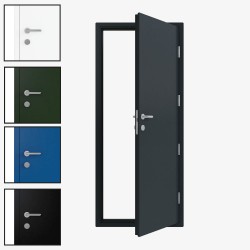
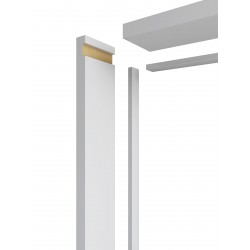
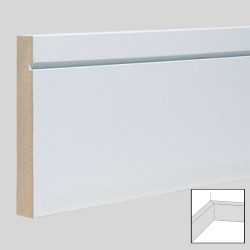
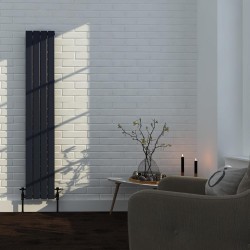
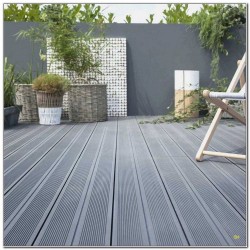
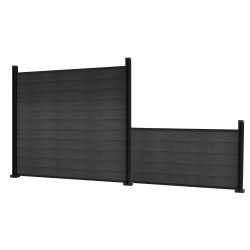
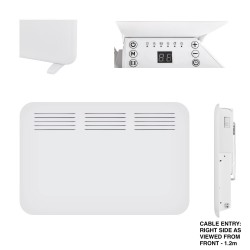
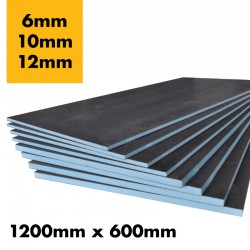
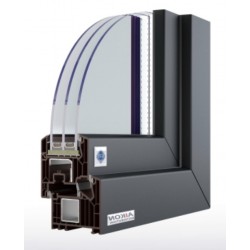
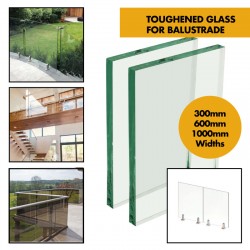
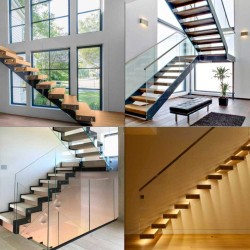
-main-250x250.jpg)
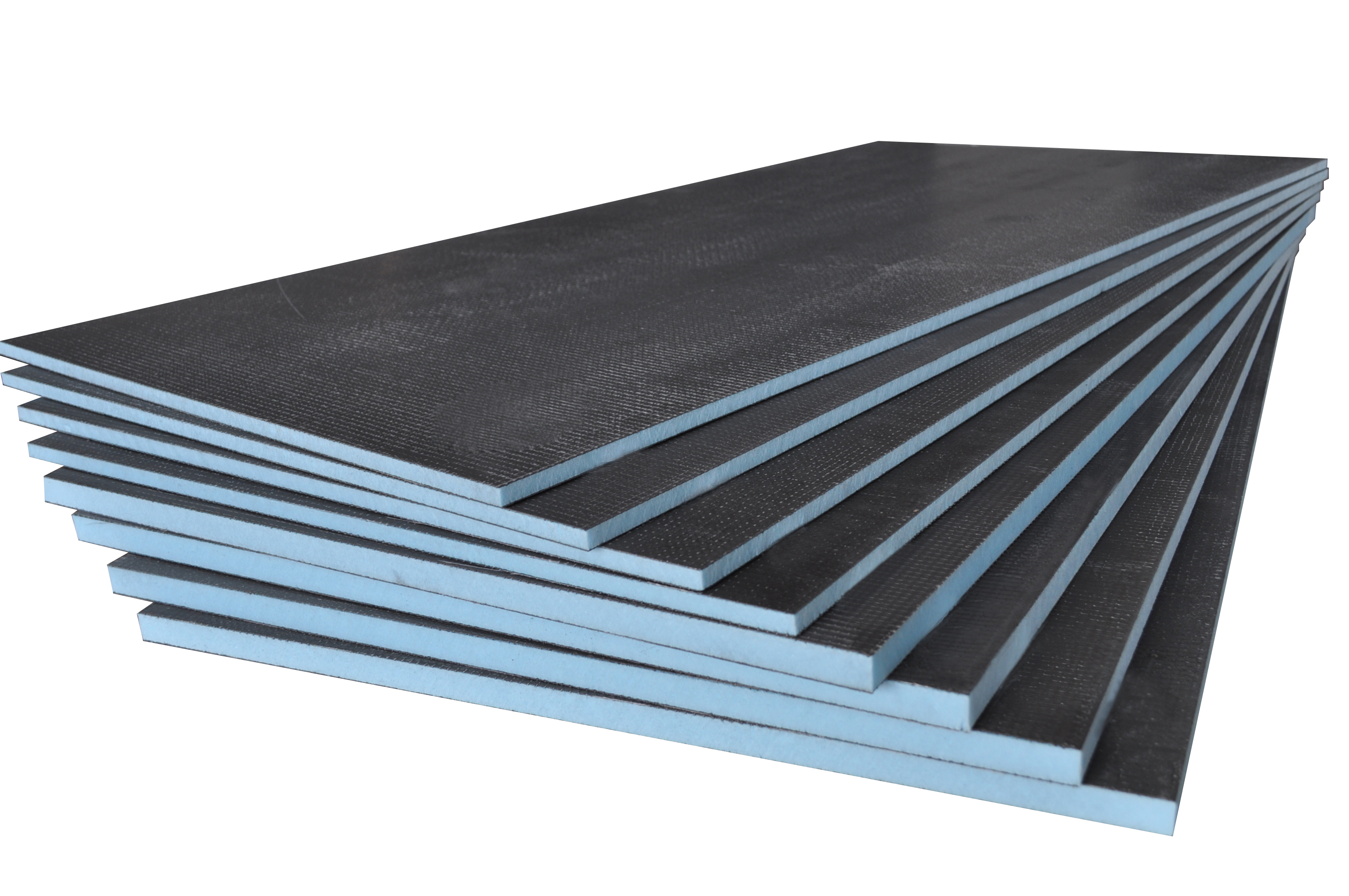
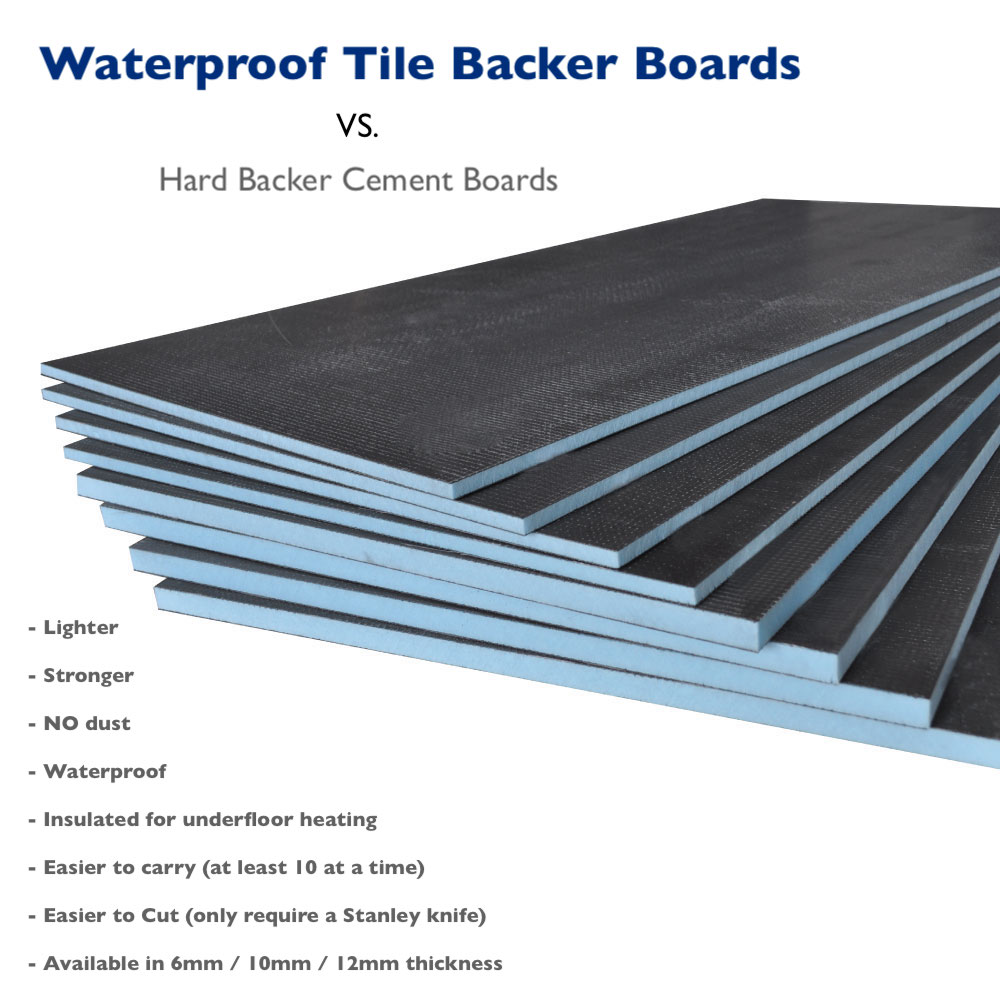
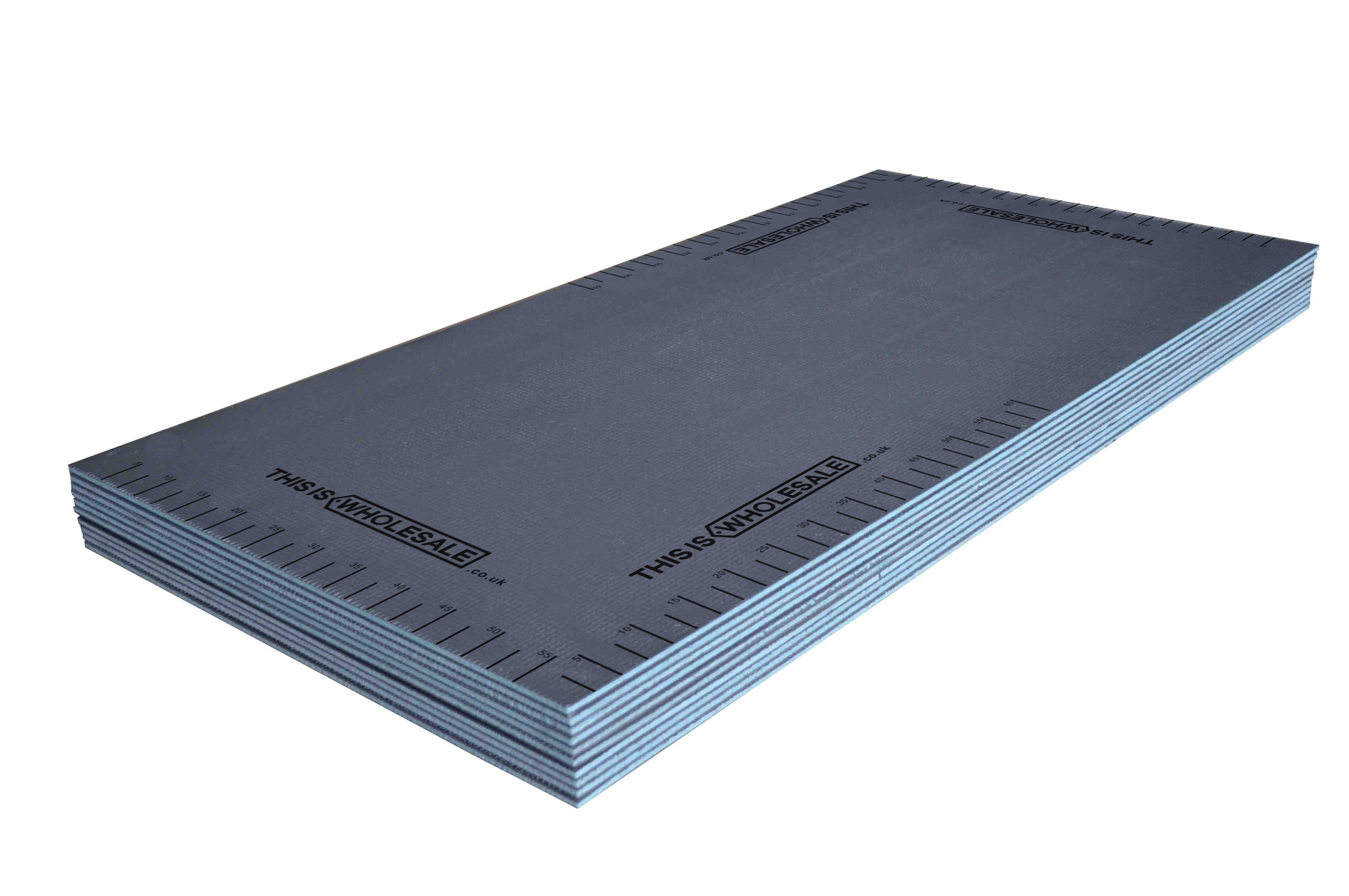


5 Comment(s)
1
1
1
1
1
1
1
1
1
1
1
1
1
1
1
1
1
1
1
1
Leave a Comment